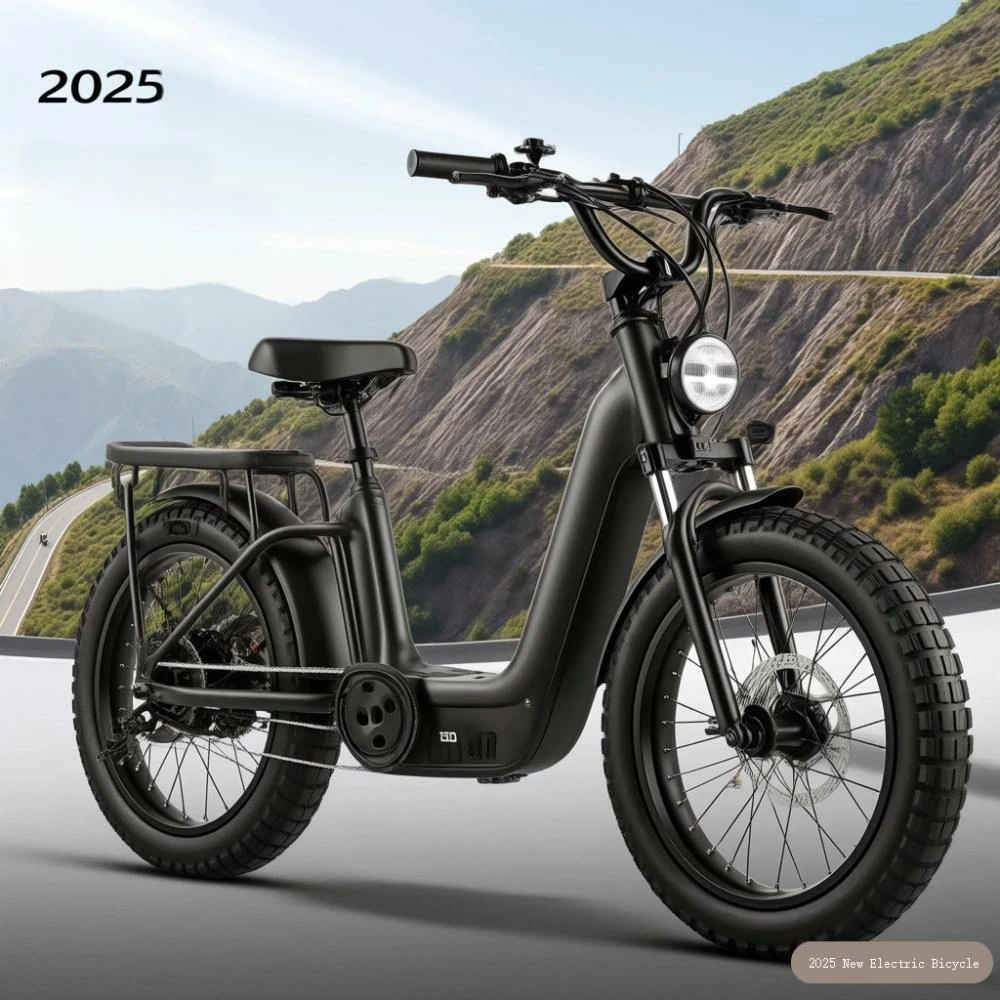Laws and regulations related to electric bicycles in the Philippines
2025-08-13
The laws and regulations in the Philippines regarding electric bicycles (included in the category of electric light vehicles) mainly involve road restrictions, driving qualification requirements, vehicle registration management, policy incentives and supervision, as follows:
Road restrictions for driving
- Main roads in the capital region are prohibited: After discussions among mayors of the Philippine capital region and officials from the Greater Min Development Authority (MMDA), the Greater Min Council (MMC) has passed a resolution to prohibit electric vehicles (including electric bicycles, electric motorcycles, electric tricycles, etc.) from driving on national highways or main roads in the capital region. These roads include but are not limited to Recto Avenue、Pres. Quirino Avenue、Araneta Avenue、Epifanio Delos Santos Avenue(EDSA) Wait. Vehicles that violate regulations will be fined 2500 pesos.
Possible expansion of the restricted area in the future: The Da Min Development Agency stated that the above road list is only a preliminary determination, and major roads in other areas may be added in the future.

Recommended electric bicycle batteries:
Bicycle battery OEM customization
Driving qualification requirements
- Must hold a driver's license: Drivers of electric vehicles must have a driver's license, otherwise the vehicle will be impounded. This regulation aims to ensure that drivers have basic driving skills and awareness of traffic safety.
Vehicle registration management
- Mandatory registration system: The Philippine Land Transport Office (LTO) is considering mandatory registration for all light electric vehicles and requires drivers to obtain formal permits when driving on any public road nationwide. All light electric vehicles must be registered in their office, and the personnel driving the vehicle must also obtain the corresponding driving permit.
- Vehicle classification and standards: LTO has classified light electric vehicles into seven categories, which are typically defined as motor vehicles with less than four wheels, with maximum speed and maximum mass limits between 25-50 kilometers per hour. This classification helps clarify the regulatory scope and standards for electric bicycles.
Policy incentives and regulation
- Policy incentives: In recent years, the Philippine government has actively promoted the development of new energy electric vehicles and charging pile industries, and has introduced a series of policies to promote market growth and infrastructure construction. For example, tax incentives such as exemption from tariffs and value-added tax on imported electric vehicles have reduced the cost of purchasing a car; The government and enterprise electric vehicle quota system requires government agencies and large enterprises to gradually increase the proportion of electric vehicle usage; The supporting requirements for charging stations stipulate that commercial buildings must reserve at least 5% of parking spaces for electric vehicle charging.
- Regulatory measures: The government has established the Electric Vehicle Industry Coordination Committee (EVICC), responsible for policy implementation and industry regulation, and developing technical standards for electric vehicles and charging stations to ensure standardized market development. In addition, the government also regulates and manages the use of light electric vehicles such as electric bicycles through relevant regulations such as the Land Transport and Transportation Law.
